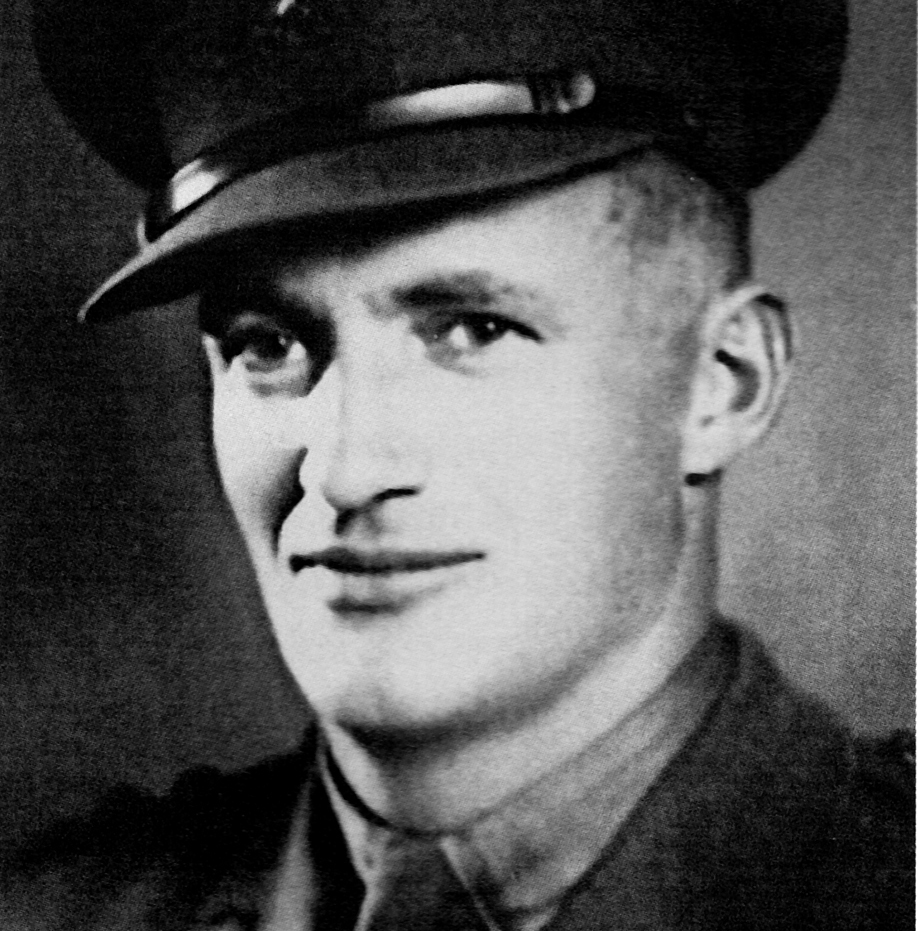Before heading into the jungle the men’s khaki clothes were turned into “jungle greens”. Ray Gibson recalled the exercise was a bit of a disaster. The khakis were dumped into coppers with boiling water, dyed green, and hung up to dry overnight; except they didn’t fully dry. Ray remembered spending the first freezing night “as cold as charity” with nothing except underpants and an overcoat to sleep in. Next day, wearing their so-called jungle greens, they moved up the track to meet the Japanese. Ray recalled: “It was so humid the sweat was pouring out of us. Soon the dye, still damp, started to run down our bodies. We looked more like speckled dogs. Our clothes weren’t green for long anyway. They were soon covered in mud.”
After the Japanese and disease, incessant rain and interminable deep, oozing mud were the Australians’ greatest enemy. The men hadn’t been fully briefed or prepared for what lay ahead on the first gruelling day.
Before going into action against the Japanese at Ioribaiwa, they first had to reach the top of Imita Ridge. The only way up for the last part of the climb was by the infamous Golden Staircase which had 2,000 wooden steps cut into the side of the mountain.
The track was so steep it would have been impossible to climb without the steps in wet weather, which was most of the time. The climb was incredibly difficult at any time, but back-breaking when carrying packs full of equipment and ammunition. The battalion’s first night in the jungle on the Kokoda Trail was surreal. Ray Gibson recalled: “Feeling like drowned rats we were told to bed down for the night.
What a statement. The jungle was alight with fireflies and phosphorus on the trees. “It was literally lit up like a city. One could hear rifl es firing all around us. We did not know where the enemy was.

The plaque at Caboolture Railway Station, near Brisbane, marking the departure on September 1, 1942, of 25th Brigade, 7th Division A.I.F. for the Owen Stanley-Kokoda campaign. The brigade included the 2/33rd Infantry Battalion.

Ray Gibson: “I never forgot my first night on the Kokoda Track, as we all called it.”

The notorious Golden Staircase that had to be climbed to reach Imita Ridge. It had more than 2,000 steps. Without them it would have been impossible to climb in wet weather which was most of the time.
On our way forward many wounded were walking or being carried out. “I found an old rotten log on the side of the track. I put my tin hat on and bedded down beside the log. What a hell of a night. My first night in the frontline.” Ray never forgot it.
A few days later Ray fell seriously ill and was ordered out of action, one of many hundreds to fall victim of malaria and the deadly scrub typhus. It took him four days to walk back along the track to get medical treatment

By far the worst physical tests on soldiers fighting on the Kokoda Trail came from having to endure being constantly wet and fighting every day to walk through thick oozing mud that threatened to pull their boots off with every stride and tested their endurance to the limit. Trying to keep their footing slipping and sliding downhill was tougher than climbing.

The highly popular, TX417 Lieutenant Graham Barclay, O.C. of 11 Platoon B Company was the Battalion’s first New Guinea casualty.
He was killed by a gun shot wound to the head on one of the first patrols on Ioribaiwa September 13, 1942. Barclay was born in Timaru, New Zealand, but was farming in Launceston, when he enlisted in 1939. He was an original member of the battalion and served in Syria.

Members of the 2/33rd Battalion crossing Brown River on the Kokoda Trail between Imita Ridge and Ioribaiwa Ridge. They were on their way to fight the Japanese at Menari. The naked soldiers in the background were temporarily out of battle and taking advantage of the opportunity to bathe and wash their clothes in the river. The bridge was constructed from a fallen tree.

The author of The Footsoldiers Sergeant Bill Crooks (wearing the helmet) with Private Bruce Stanton at Brown River crossing near Nauro, October, 1942.




